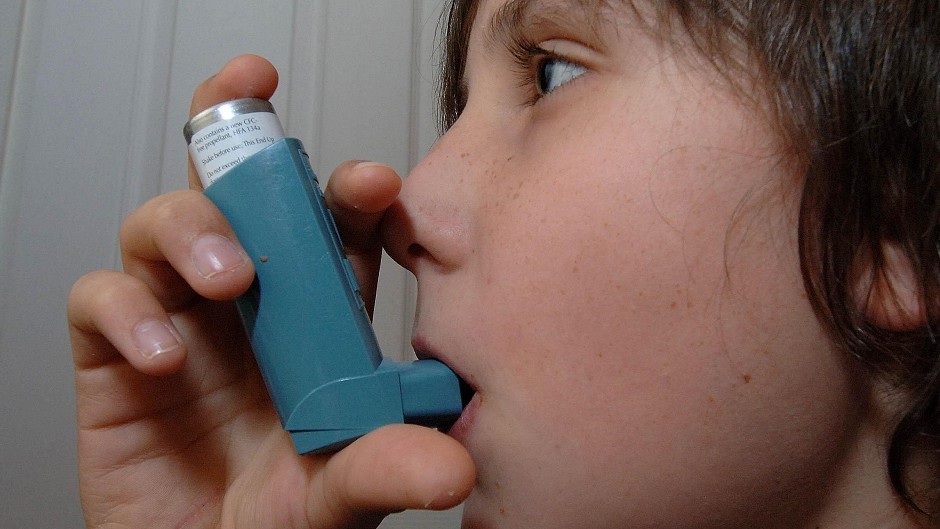Scientists at Aberdeen University are to investigate what triggers asthma in preschool children.
They will follow more than a thousand children from infancy until the age of four to try and discover what factors cause the condition to develop.
For this latest UK-wide study, funded by the Wellcome Trust, around 1,000 mothers from five centres in the UK – including 200 women in Aberdeen – are being asked to get involved, whether they have asthma or not.
The study will see cells swabbed from 1,000 newborn babies and will be carried out in partnership with Edinburgh, Southampton and Queen Mary universities and Imperial College London.
Follow ups will be carried out with the same children up until they reach school age.
Experts at the university have already shown that there is an apparent link between the diet of pregnant mothers and the likelihood of their children developing asthma.
A woman’s diet whilst pregnant can affect the cells that line babies’ airways. These airway cells are linked to asthma symptoms in young children.
Dr Steve Turner, who is leading the study, said: “We would be very grateful to mothers-to-be who sign up as volunteers to help us with this study. The procedure for swabbing cells from babies’ noses is completely harmless and painless and by
getting involved they are helping us find new ways to prevent and treat asthma in children.
“Something is happening pre-birth which predisposes babies to being susceptible to asthma and then something else occurs after birth which results in them developing asthmatic symptoms
“We have already shown we can grow cells taken from the inside of babies’ noses in the lab and we know that things that happen during pregnancy are associated with how their cells react to our tests in the lab.
“We were the first researchers to use new-born babies’ nose cells in this way and it will be interesting to see if we can identify what is different between the children that go on to develop asthma, and those that don’t.”










